Inside: Kindness week doesn’t work to ensure kindness in our schools. Here’s what to do instead if you want to build a positive and kind classroom and school environment.
My daughter’s school had all the kindness posters hanging in the hallways and the cafeteria.
The gym had gigantic murals touting character principles of respect and kindness and compassion.
From the pictures on the website, it looked like a warm, inviting, welcoming place.
But that’s where she was bullied daily: in the hallways, the playgrounds, the gym, the cafeteria, and in her own classroom.
Those kindness posters did nothing because they were hung up and forgotten and ignored.
The murals were ignored as my daughter was bullied during gym.
Because even though the school and it’s uplifting posters looked good, there was no substance behind it, no reinforcement, no real lasting effects.
And so many schools similar to my daughter’s school host a Kindness Week to combat bullying and teach character education and it’s a way for many schools to “check it off” their to do list.
Unfortunately, Kindness Week doesn’t work.
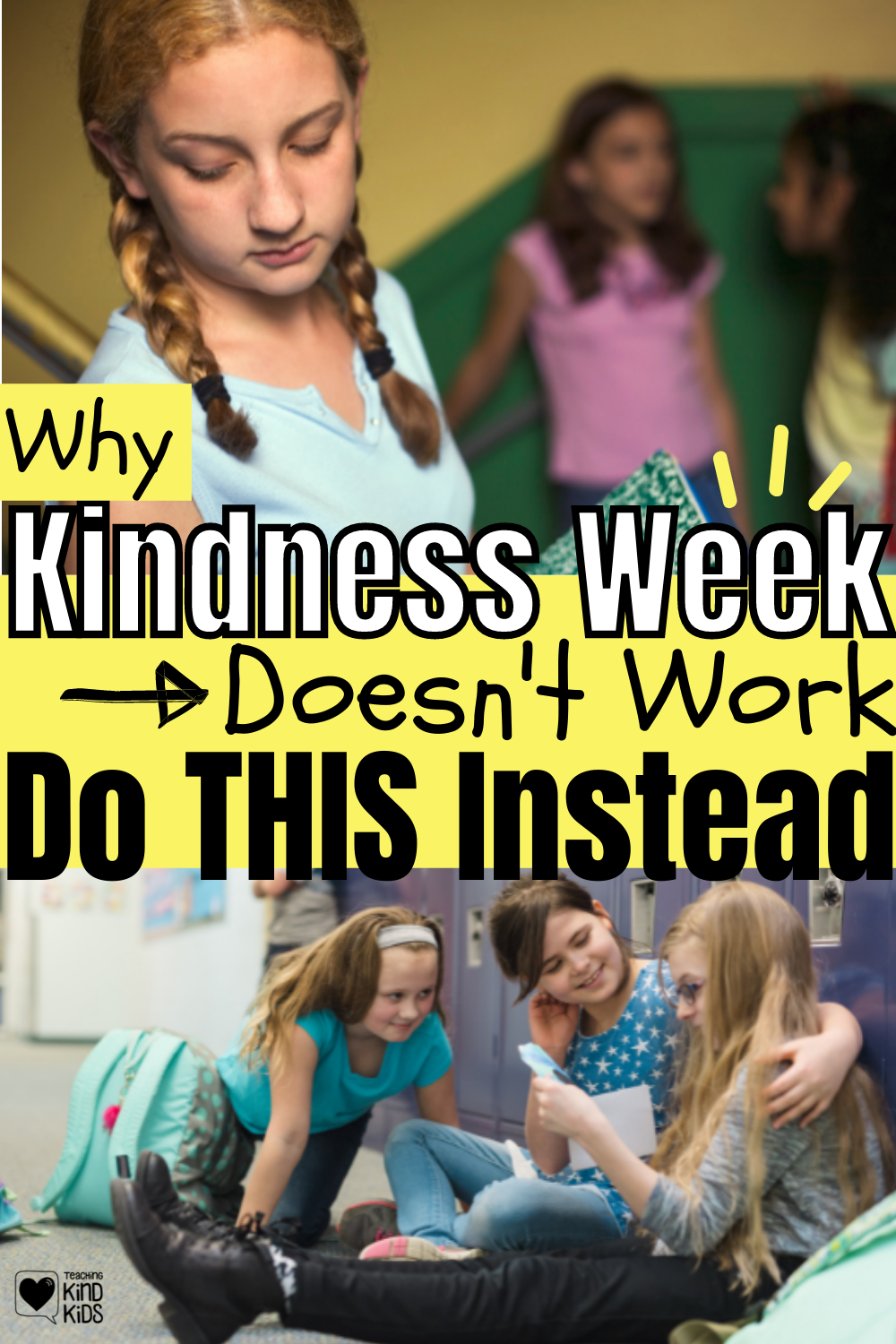
Why We Need to Teach Kindness in our Schools:
Teachers usually fall into two camps when it comes to sel curriculum and character education.
One group doesn’t understand why it’s an educator’s job to teach kindness since it should be taught at home. They want to focus only on academics because that’s what they were hired to do.
The other group of teachers realizes that while it would be great if kindness was taught at home and even if it “should” be taught at home, it often isn’t.
And since these kids spend 6-8 hours a day with us, it benefits us and the rest of our students if we focus on kindness in our classrooms as we teach reading and writing and math.
When kids are unkind, rude, mean-spirited and exhibit bullying behaviors, it changes the entire classroom and school environment.
Other students no longer feel safe, welcomed, or ready to learn. Instead, they’re focused on avoiding the meanness and the attention of the bullies.
So it doesn’t matter if kindness and manners and compassion “should” be taught at home or reserved as a preschool/kindergarten skill.
If we don’t see kindness exhibited at our school or in our classroom, we can’t be the most effective teachers and our students will never be able to be the most effective learners. Our lessons will fall flat for the kids who are worried about their emotional or physical safety. They won’t care about multiplication or the Civil War or photosynthesis.
Many teachers and PTAs then can easily be talked into focusing on kindness at school. But, even with the best of intentions, if you don’t teach kindness in an effective way, it won’t sink in.
And many, many schools celebrate Kindness Week…but it doesn’t work.
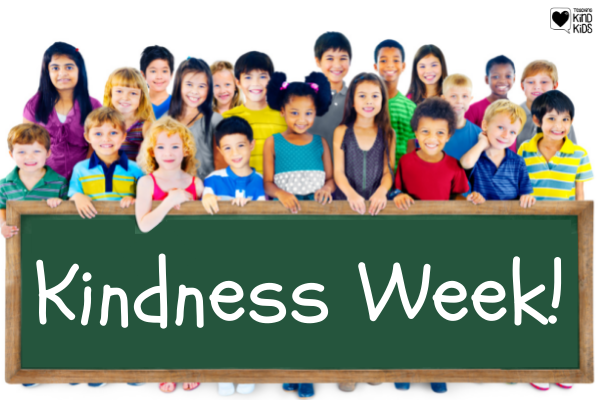
Why Kindness Week Doesn’t Work:
Kindness Week looks good on paper and in school newsletters and displayed on district websites. The pictures are cute, the activities are sweet and kids and staff are engaged.
Which is lovely. And if it’s all that can happen to teach kindness on your campus, then go for it.
Something is 100% better than nothing.
But here’s why it’s not effective. Think about how we teach kids to read for a second:
We read to them. We offer them tons of books. We systematically teach them the alphabet and phonics and phonemic awareness for years. We make it into a game. We sing songs. We hang posters. We practice every day. We give them follow up activities to do at home with their parents.
We make the concept as accessible as possible for our auditory, visual, and kinesthetic learners.
And some kids get it sooner than others and some excel quickly while others struggle for years. But do we give up on those kids who are “late bloomers” or struggle? Nope. We pull them into small groups or give them one-on-one support. We break it down into smaller chunks. We practice more. We encourage more.
What we don’t do? Teach the alphabet and reading in a week and cross our fingers it sunk in.
But that’s what we do when we have Kindness Week. We offer them fun activities and rah-rah assemblies and cute bracelets and maybe even a school cheer.
Then what?
What happens after Kindness Week, during the other 175 days of school?
Kindness Week does not systematically ensure kindness will continue long after the cute week is over. It does not change our school environment or culture of how we treat each other.
And it does not make kindness a simple, normal, every day habit.
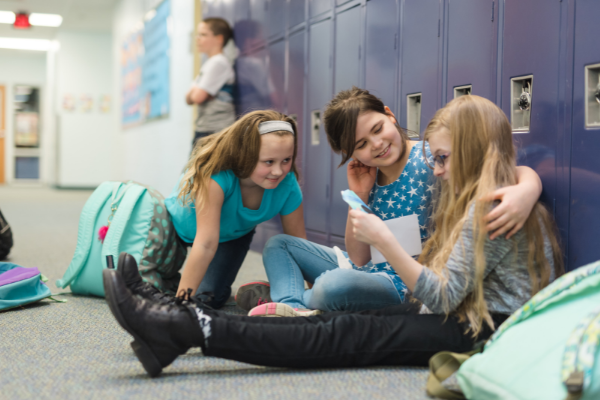
What to Do Instead of Kindness Week:
As educators, we instinctively know what works to teach any subject/skill. We:
- make it fun and engaging
- make it simple and doable by breaking it down into bite-size pieces they can understand
- model it, do it with them, then watch as they try it themselves
- teach and review the subject often and consistently so they don’t forget or lose the skill
- give them opportunities to show off and apply their new skill/knowledge
So if all that’s true for reading and math and science and art and music, it’s just as true for character education and teaching kids how to be kind.
We can’t cover kindness in a week. We can’t say “Be Kind” and hope they know what we mean. We can’t hang kindness posters on our walls and check it off the list, thinking they’ll read the posters and apply the messages.
So instead, if we want kindness to be our students’ knee-jerk reaction, we need to use the methods and strategies we know as educators to teach kindness.
1. We have to be consistent
We can’t teach character education for a week. Or even a month. To be more effective, we have to talk about kindness, remind them to be kind, praise kindness and expect kindness every single day.
One simple way to do that is with our 100 Days of Kindness Challenge. Each day, for 100 days your students will speak and act with kindness. And at the end of the 100 days, they’ll be 100 days smarter and 100 days kinder.
And kindness will become a habit and an everyday part of their lives.
2. We have to set clear expectations
Just like we expect our kids to work hard and do their best and follow directions, we also have to expect them to be kind.
One simple way to do that is to make being kind part of our classroom rules.
We speak and act with kindness in our classroom.
We can be mad without being mean.
We can get frustrated and annoyed but we will not be rude or disrespectful.
We are friendly and courteous and welcoming.
Related: The Only 2 Classroom Rules You’ll Need for a Respectful, Kind Classroom
3. Talk about Kindness Often
We need to build in conversations about tricky peer situations and how to be a kind, welcoming, thoughtful member of our school community as often as we can so kids know how to handle tough situations before they happen.
But that can feel overwhelming when we try to figure out how to really talk about tough things. After the initial question of, “hHow can you be kind?,” it can be hard to know what to ask or what to discuss.
To make it easier, you can use these 60 Kindness Discussion Starters, these anti-bullying discussion starters, this Skittles Game, and this Trash or Kindness Game.
These can be used during your Morning Meeting, as you line up to head out to recess/lunch, or if you have a few minutes before dismissal.
These can of course be used by general education teachers, but they can also be used by music teachers, science teachers, homeroom teachers, PE coaches, and counselors.
4. Intentionally teach kids character education often
There are tons of ways to teach sel and character education and build it into your already busy day.
You can use things like these Kindness Emergent Readers or Early Readers for more advanced readers and combine reading and sight words and writing with character education.
You can use this Kindness Dictionary to connect vocabulary and grammar with character education.
And you can use this Kindness Zoo or this ABCS of Kindness to connect the alphabet and letter sounds with character education.
5. Provide fun ways to speak and act with kindness
We need to make learning fun for our kids to buy in and want to do it.
A fun lesson is always more engaging and meaningful and memorable than a dull, boring lecture.
So we can offer our students fun ways to speak and act with kindness like this Includer Bingo or this Kindness Dice Game or this Kindness Countdown to Winter Break.
6. We need to praise and “reward” kindness
Positive reinforcement works, which is why so many of us have Treasure Boxes and sticker charts and points.
We can use this desire to be recognized, and praise acts of kindness we see our students doing to encourage them to want to do it again.
We can use these Caught Being Kind Notecards and this Caught Being Kind Hole Chart.
We can also use this Interactive Kindness Bulletin Board to acknowledge and praise kind acts our students perform.
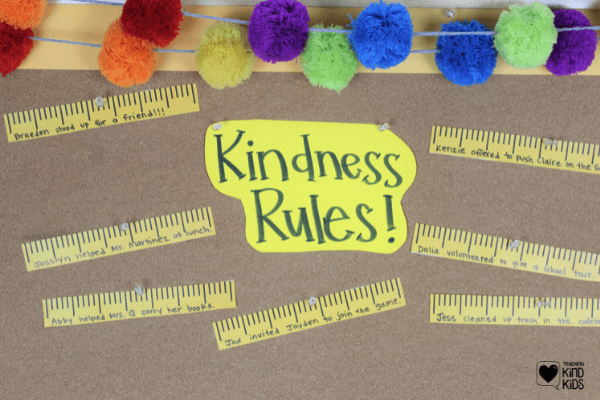
Of course, we don’t want students to be dependent on praise or rewards in order to be kind, but when our kids are first learning to be kind, we can use this as a tool and then wean them off of needing the praise.
7. We have to actively look for and stop bullying
At a teacher seminar I went to, the social worker said something that stayed with me forever: 1 in 4 kids are being abused (emotional, mental, physical, sexual) and if you don’t know which of your kids that is, you’re missing something.
Yikes.
And it’s similar with bullying. 1 in 5 kids are being/have been bullied and they are often bullied right under adults’ noses. So if we don’t know which of our kids are being bullied or which kids are most likely to be bullied, we’re missing something.
Double yikes.
Here’s how to recognize and prevent bullying in our classrooms.

8. Communicate with Parents and Follow Up
We do need to get parents on board to help with their student’s education.
That’s why we often send home homework and reading logs and school projects and parent connection letters.
To help families continue the kindness message at home, we can send home these seasonal kindness activities our students can do with their families, along with a parent letter explaining how and why you’re including character education into your classroom.
Over the summer, you can also send home this Summer Kindness Bucketlist to continue the kindness over the summer, fight boredom and keep kids off screens a little longer.
That first group of teachers is partially right: kindness “should” be taught at home. And as educators, we can help make that happen with a little encouragement and the right resources.
Because if we truly want kind, respectful, thoughtful kids in our classroom and in our school, we can’t rely on a week of activities.
We can’t only rely on kindness posters hanging in our halls and hope that makes a difference.
But there are things we can do to make a positive learning environment for all of our students a reality.
And while teaching kindness does take more than just a week, it will be worth it.
Then we can make those cute kindness posters hanging in our halls actually mean something.



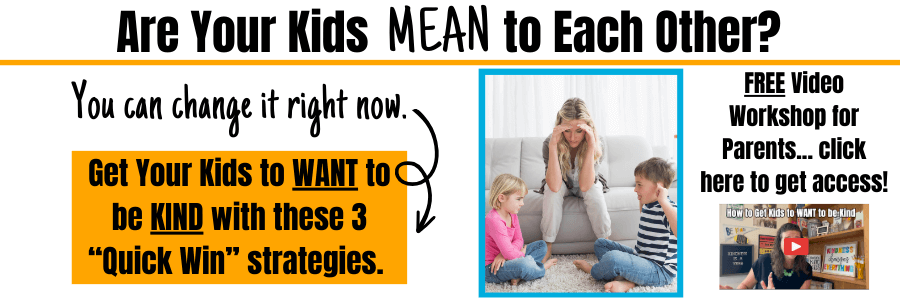
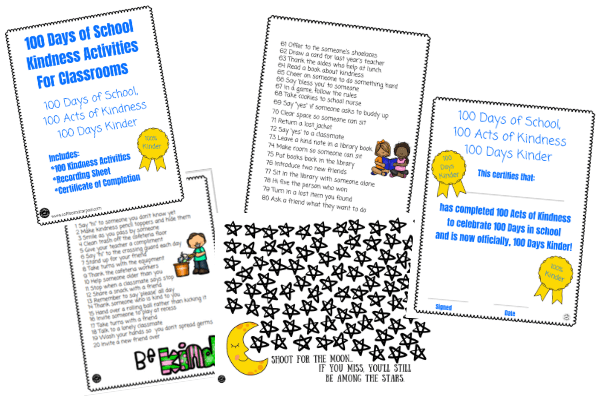
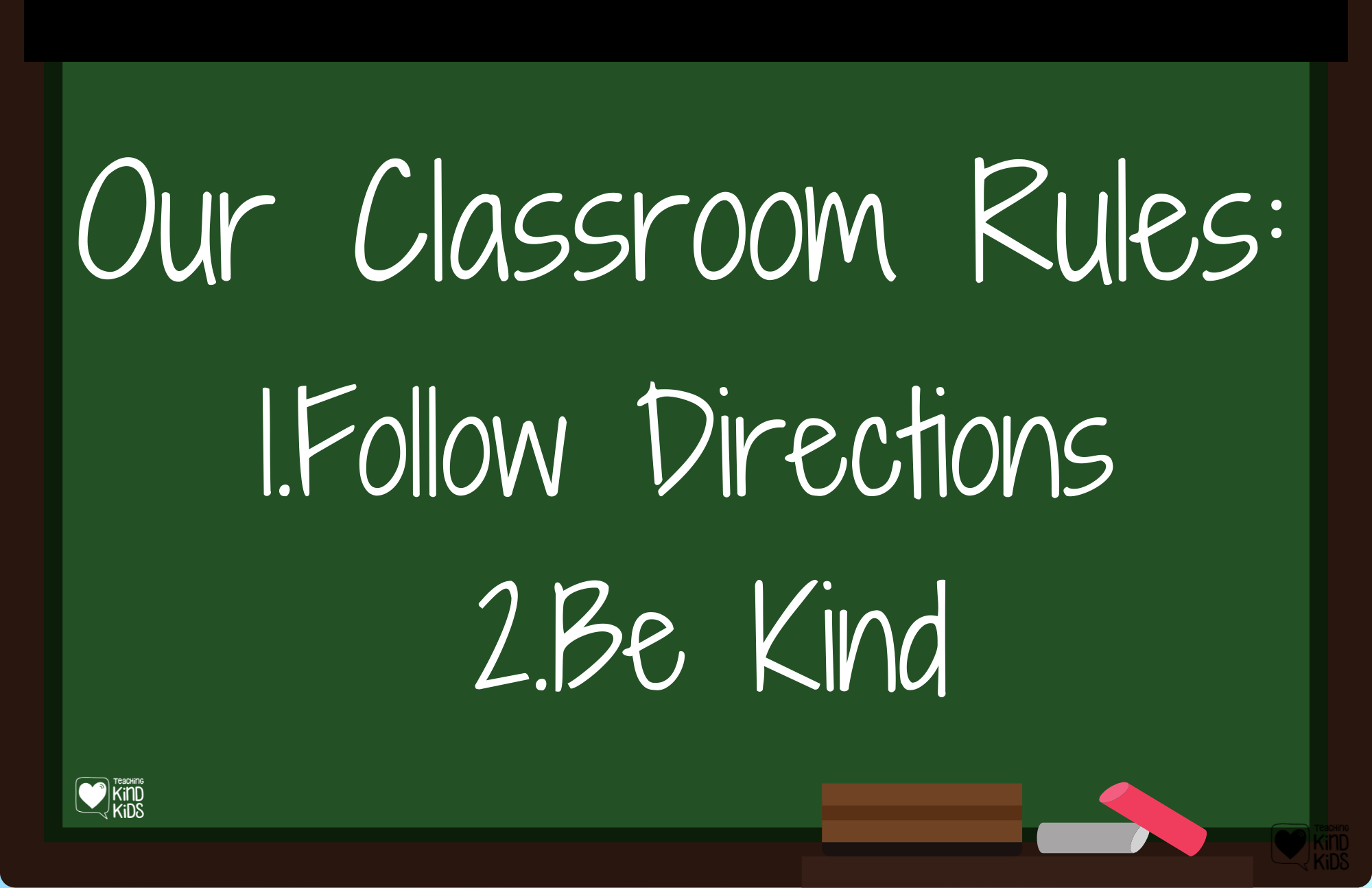
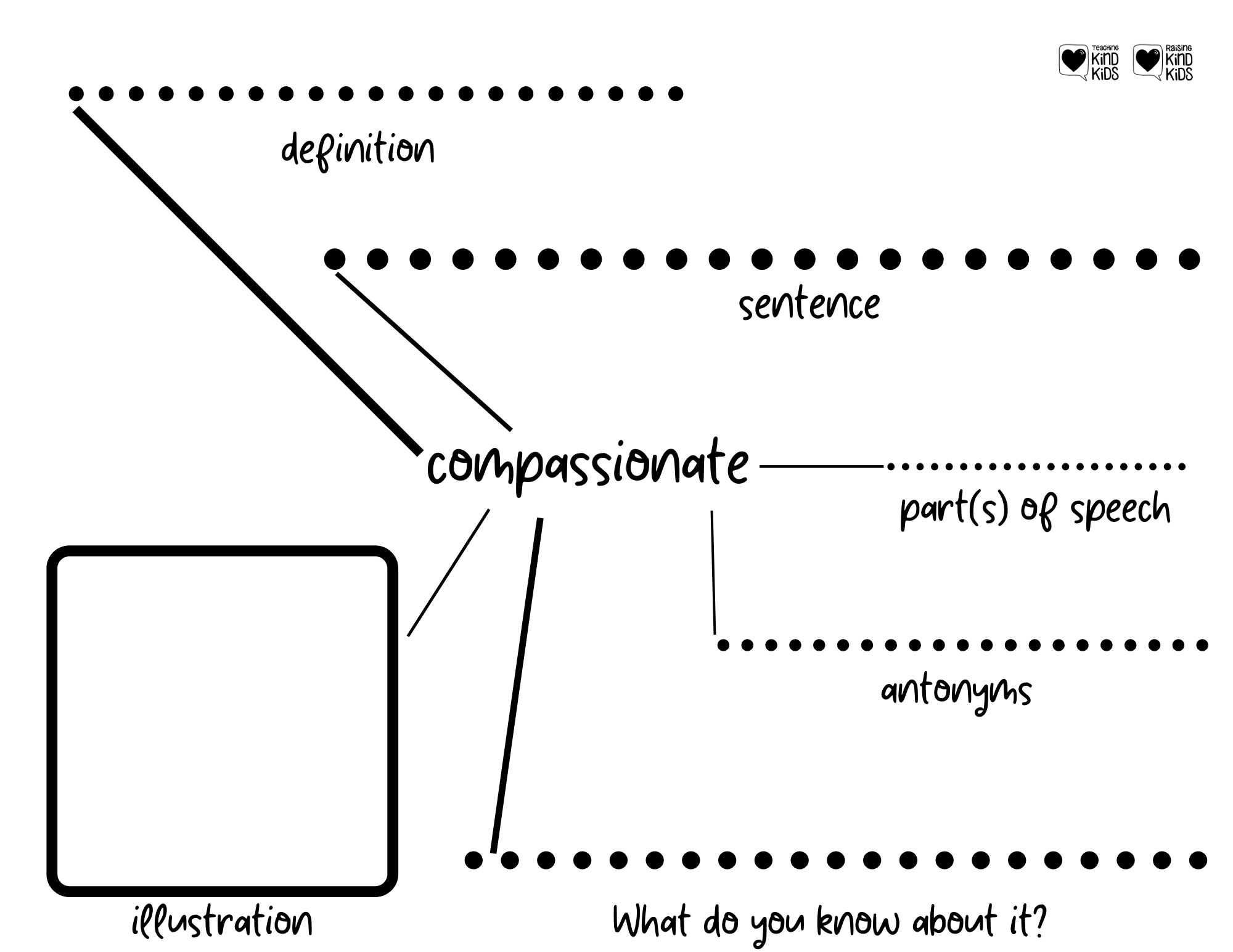


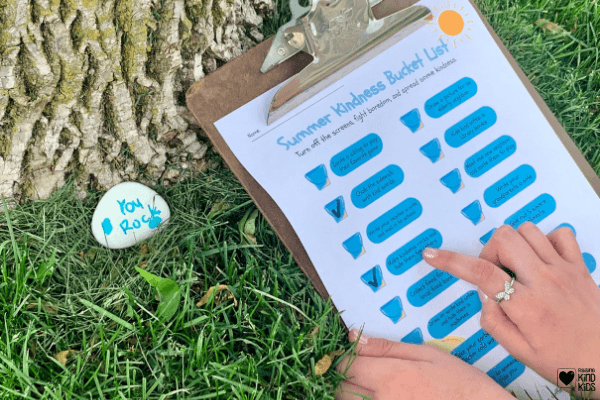
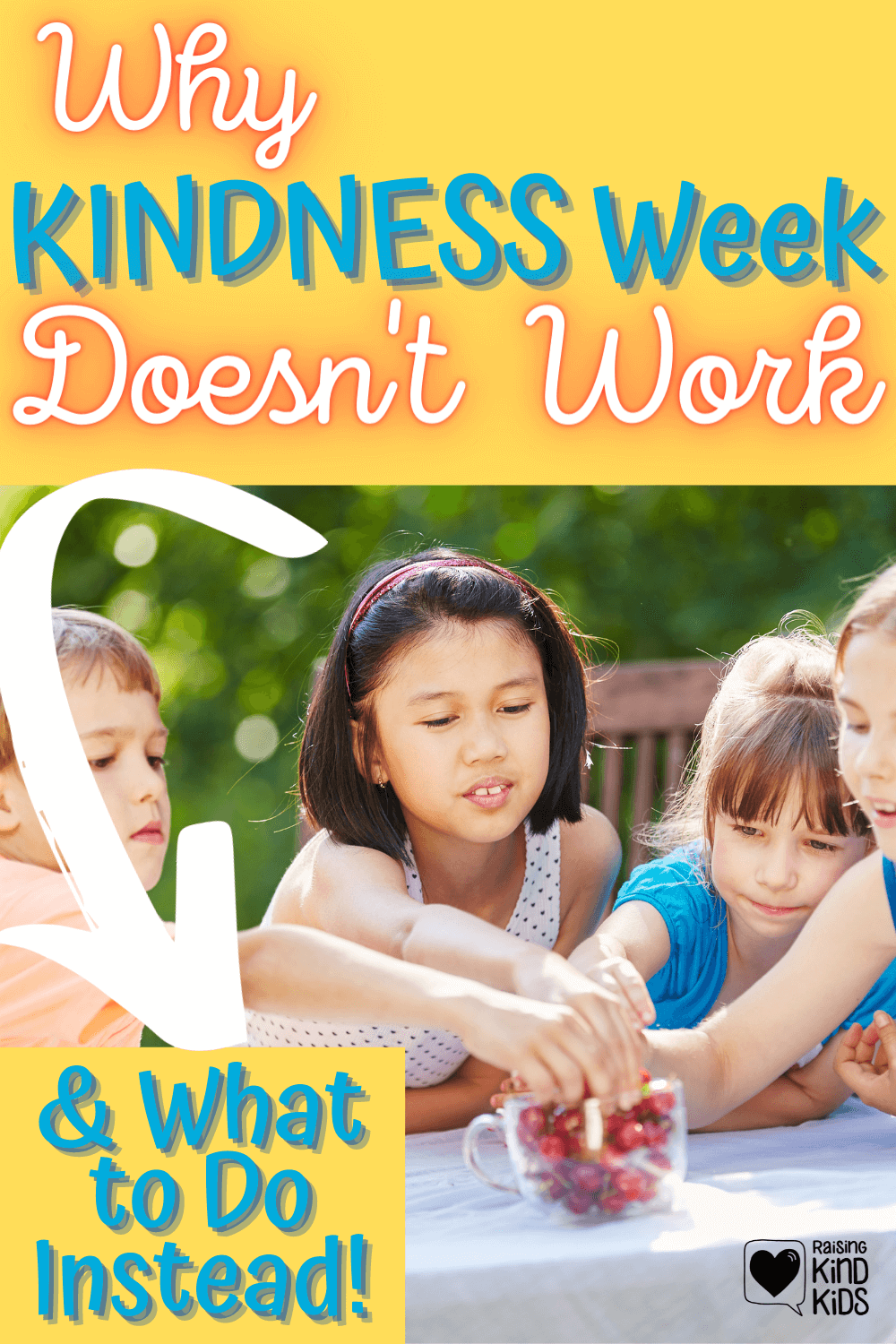

Leave a Reply